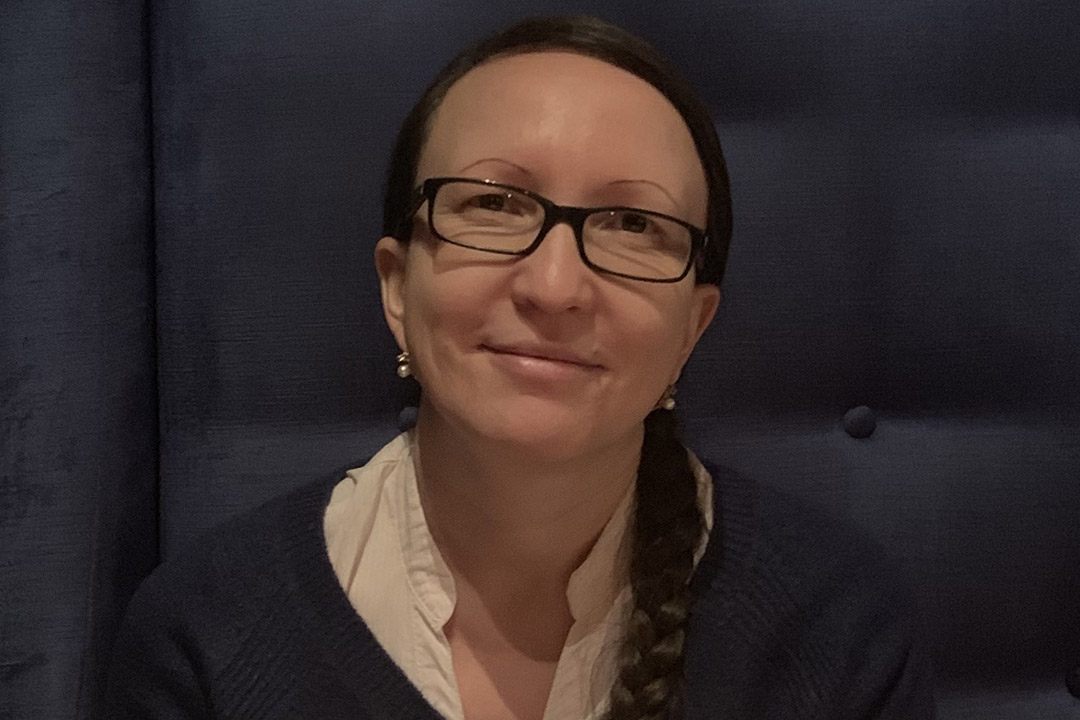
USask researcher studies ancient northern reindeer herding culture
SASKATOON – An international team led by Dr. Tatiana Nomokonova (PhD), assistant professor of archaeology and anthropology in the College of Arts and Science at the University of Saskatchewan (USask), will investigate the 2,200-year history and ongoing importance of reindeer herding to Indigenous Nenets and Khanty peoples in the Iamal peninsula of Arctic Siberia.
By USask Research Profile and ImpactThe research has been funded through an Insight Grant of $220,000 over three years from the Social Sciences and Humanities Research Council (SSHRC).
“We designed this project to look at the ancient and current practices of working with reindeer hides to craft clothing, shelter covers and ropes, which is key to the Indigenous lifestyle and well-being in this area that’s home to the world’s largest reindeer herding population,” said Nomokonova.
“We are collaborating and consulting with Indigenous Knowledge Keepers to interpret ancient practices, and help them promote and pass on this knowledge to generations of urbanized young people who are losing their connection to the culture,” she said.
The traditional practices and project findings will be promoted through formats such as workshops, videos and social media that are accessible to Indigenous youth in the region, especially in Salekhard, the capital city.
Nomokonova’s project co-applicant is Dr. Robert Losey (PhD), a professor of archaeology and ethnoarchaeology at the University of Alberta. Other team members are: Tatiana Koptseva (Shemanovskii Museum), and Dr. Stella Razdymakha (PhD), Dr. Natalia Fedorova (PhD), Lubov Vozelova, Andrei Gusev, and Andrei Plekhanov, all from the Scientific Centre of Arctic Studies.
Nomokonova said the project aims to transform and decolonize archaeological practices in the region by forging close working relationships with Indigenous communities—efforts that follow the calls to action by Canada’s Truth and Reconciliation Commission but applied in Siberia.
“We are providing a unique training opportunity for three Canadian graduate students and several undergraduates as part of this project,” she said. “And the innovative collaborative methods and outreach models we develop will be useful for similar projects, including in Canada’s North.”
On Tuesday, the Honourable François-Philippe Champagne, Minister of Innovation, Science and Industry, announced investments of more than $635 million in science, research and engineering to support more than 4,800 lead researchers and their teams. This project is one of nine USask researchers have been awarded a total of $1.6 million in federal funding to address critical societal issues in fields ranging from history, anthropology and sociology to wildlife, music, and art, with two projects relating to the impacts of COVID-19.
Nearly 70 per cent of the total funds committed to the Insight Grants by the SSHRC will support research projects with a focus on Indigenous peoples in Canada, Central America and Siberia.
For a full list of USask Insight Grants, go to the Office of the Vice President of Research website.
-30-
For more information, contact:
Victoria Dinh
Media Relations Specialist
University of Saskatchewan
306-966-5487
victoria.dinh@usask.ca

